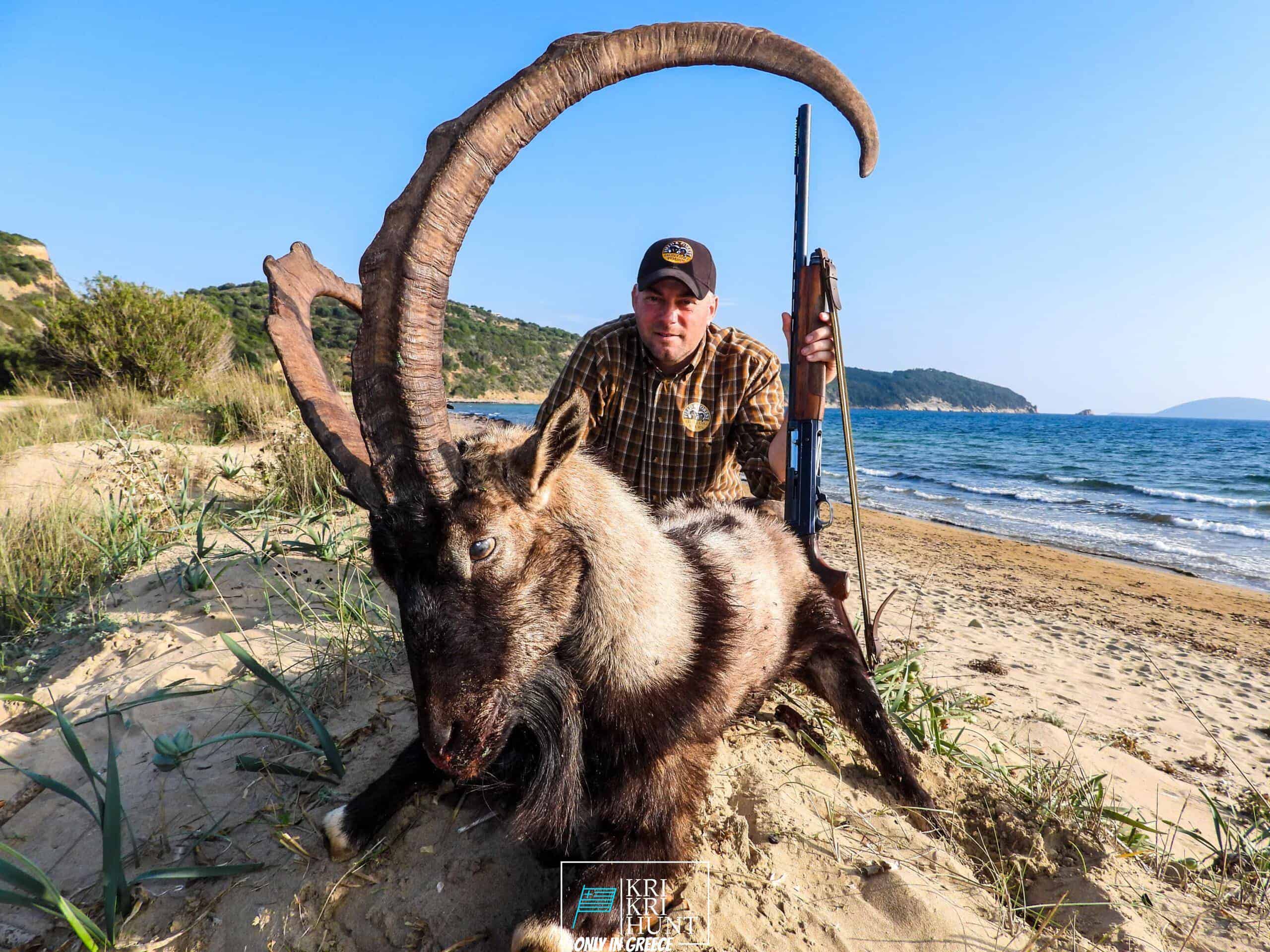
The Kri Kri ibex search in Greece is an amazing hunting vacation and also an exciting hunting expedition all rolled into one. Hunting for Kri Kri ibex is a miserable experience for the majority of hunters, but not for me! It's an amazing hunt for a gorgeous Kri Kri ibex on an unique island as we visit old Greece, dive to shipwrecks, and quest during 5 days. What else would certainly you such as?

The hunt for kri-kri ibex on the island of Sapientza can be a challenging as well as challenging one. The ibex reside in rugged, steep surface with sharp, rugged rocks that can easily leave you without footwear after only 2 trips there. Capturing a shotgun without optics can additionally be a challenge. The search is absolutely worth it for the chance to bag this majestic animal.
The first thing you will certainly notice when you get here in the Peloponnese peninsula is the strikingly lovely landscape. The hills, lakes, rivers, as well as forests make this location a nature fan's paradise. There are likewise plenty of opportunities for hiking, angling, swimming, and also other exterior tasks. However the Peloponnese peninsula is not almost its all-natural beauty; there are also numerous historical and social websites to explore. Do not forget also angling, free-diving as well as searching. Some of one of the most popular tourist destinations in the Peloponnese include ancient Olympia, Epidaurus, Mycenae, as well as Sparta. These destinations use a fascinating peek into Greece's rich history and society. If you want learning more about Greek folklore, after that you will absolutely want to go to Mount Olympus, house of the 12 Olympian gods. Obviously, no journey to Greece would be total without attempting some of the scrumptious food. The Peloponnese peninsula is residence to several of the most effective olive oil on the planet in addition to feta cheese, olives, honey, and also a glass of wine. See to it to try some of the local specializeds such as dolma (stuffed grape leaves), Souvlaki (grilled meat skewers), and also Gyro (meat covered in pita bread).
Experience 'Real' Greece with Our Peloponnese Tours. Look no further than our Peloponnese trips if you're looking for a genuine Greek experience. From old damages and castles to scrumptious food as well as a glass of wine, we'll show you whatever that this amazing area has to use. What are you waiting for? Book your trip today! Your Kri Kri ibex hunting in Greece is below!
What is the diference between Kri Kri ibex, Bezoar ibex and hybrid ibex
The kri-kri is not thought to be indigenous to Crete, most likely having been imported to the island during the time of the Minoan civilization. Nevertheless, it is found nowhere else and is therefore endemic to Crete. It was common throughout the Aegean but the peaks of the 8,000 ft (2,400 m) White Mountains of Western Crete are their last strongholds–particularly a series of almost vertical 3,000 ft (900 m) cliffs called ‘the Untrodden’—at the head of the Samaria Gorge. This mountain range, which hosts another 14 endemic animal species, is protected as a UNESCO Biosphere Reserve. In total, their range extends to the White Mountains, the Samaria National Forest and the islets of Dia, Thodorou, and Agii Pandes.
This Ibex is NOT a diminutive form of the Bezoar Ibex, which has migrated into the western-most reach of the range of this species. The kri – kri (Capra aegagrus cretica), sometimes called the Cretan goat, Agrimi, or Cretan Ibex, is a feral goat inhabiting the Eastern Mediterranean, previously considered a subspecies of wild goat. The kri-kri has a light brownish coat with a darker band around its neck. It has two horns that sweep back from the head. In the wild they are shy and avoid tourists, resting during the day. The animal can leap some distance or climb seemingly sheer cliffs.
“The agrimi goat Capra aegagrus cretica is unique to Crete and its offshore islands. It has been identi®ed as a sub-species of the wild bezoar goat Capra aegagrus aegagrus Erxleben, 1777, which it closely resembles in horn shape, body form and coloration. This classi®cation has been disputed by some researchers who claim that the agrimi are feral goats, derived from early domestic stock brought to the island by the ®rst Neolithic settlers. In order to clarify this issue, DNA analyses (cytochrome b and D loop sequences) were carried out on tissue of live and skeletonized agrimi and compared to sequences of wild and domestic caprines. Results conclusively show the agrimi to be a feral animal, that clades with domestic goats (Capra hircus) rather than with wild Asiatic bezoar. This study demonstrates that morphometric criteria do not necessarily re¯ect genetic af®nities, and that the taxonomic classi®cation of agrimi should be revised.”